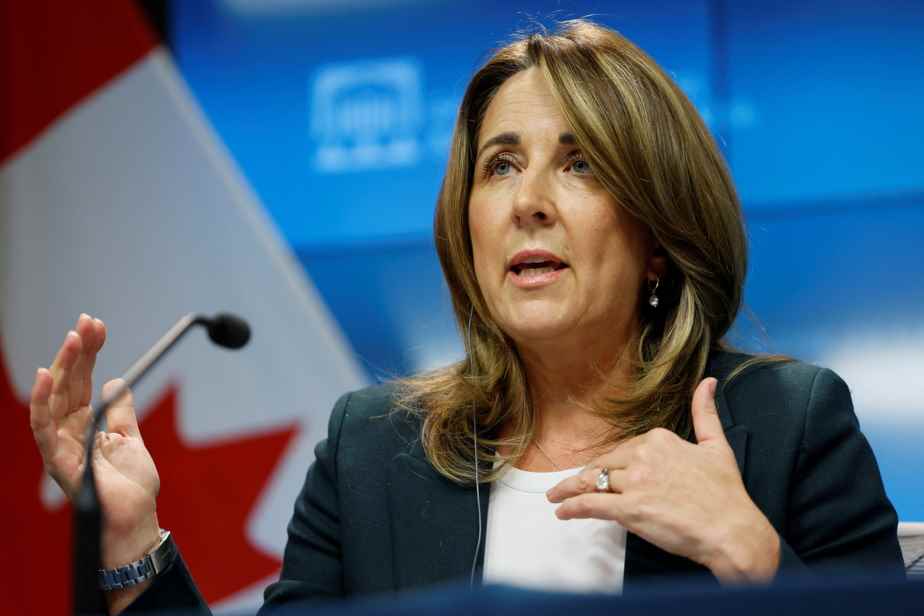(Toronto) The intensity and persistence of supply chain disruptions, which have helped fuel the rising cost of living, surprised the Bank of Canada, the central bank’s senior deputy governor said Tuesday. .
Posted yesterday at 5:01 p.m.
In a speech to Women in Capital Markets in Toronto, Carolyn Rogers noted that it has been difficult to have a clear vision of the future over the past two years.
“Issues that started out in just a few key products, like microchips, have spread to a wide range of goods,” said Mr.me Rogers in the prepared text of his speech, published in Ottawa.
“The invasion of Ukraine has intensified supply difficulties and driven up commodity prices and inflation around the world. »
And now, continued Mme Rogers, parts of China are under new lockdowns, leading to new supply issues, shipping delays and uncertainty.
“These issues, we had not anticipated them,” she argued.
Supply chain disruptions fueled inflation, which hit its highest level in three decades.
The Bank of Canada raised its key interest rate target by half a percentage point last month, to 1.0%, and warned that further rate hikes would come as it is striving to bring inflation back to its target of 2.0%.
Mme Rogers emphasized the independence of the Bank of Canada in making its decisions.
“(The) desire to have a public body independent of the banking sector and the political apparatus, whose responsibility is to guide the economy to serve the best interests of Canadians in the long term, is at the origin of the creation of central banks,” he explained.
Mme Rogers noted that nearly 7% inflation, spreading to more and more everyday items, has the effect of squeezing family budgets and putting pressure on businesses.
“High inflation in Canada and elsewhere is largely attributable to global pressures, including supply chain disruptions and high commodity prices. But as the Canadian economy begins to overheat, we cannot allow demand to outpace supply too far or risk fueling further inflation. »
The Bank of Canada has indicated that it expects inflation to average close to 6% in the first half of the year and to remain well above its 1-3% control range for the rest of the year.
